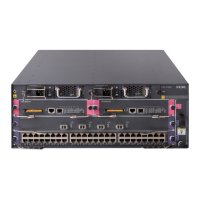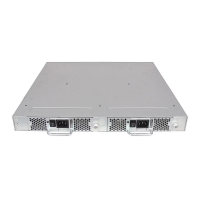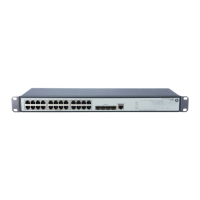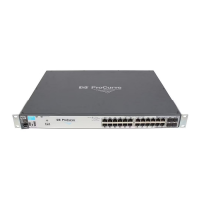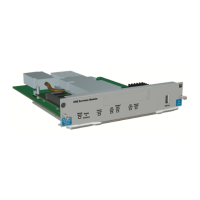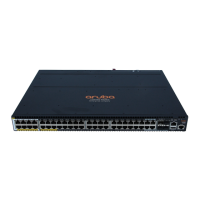134 Fibre Alliance MIB Objects
Trap table
Traps are asynchronous messages sent from the agent (residing on the switch) to the manager (residing on
the workstation) to identify significant events.
There can be up to five trap addresses within the trap table. All trap information is stored within the switch
and is accessible to Telnet and the SNMP agent, and is persistent between boots. An example of how to
access one of these objects, given an IP address of 10.32.165.4, is:
snmpget localhost public
fcmgmt.trapReg.trapRegTable.trapRegEntry.trapRegFilter.10.32.165.4.162.
A trap event is reported when the incoming error has a severity level less than or equal to the configured
severity level. The trap event types and trap severity levels are listed in Table 28.
trapMaxClients (1.3.6.1.3.94.2.1)
The maximum number of SNMP trap recipients supported by the connectivity unit.
Syntax
INTEGER
Access
Read-only
Status
Mandatory
Return value
Always returns 5
trapClientCount (1.3.6.1.3.94.2.2)
The current number of rows in the trap table
Syntax
INTEGER
Access
Read-only
Status
Table 28 Tramp severity levels
Event type Severity level
Unknown 1
Emergency 2
Alert 3
Critical 4
Error 5
Warning 6
Notify 7
Info 8
Debug 9
Mark 10

